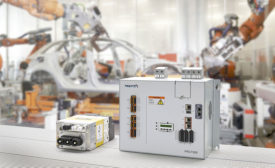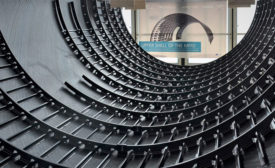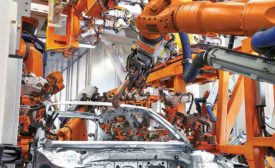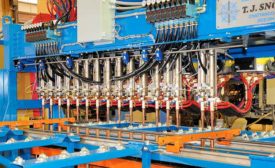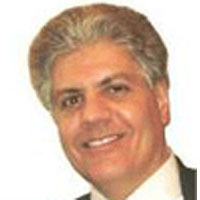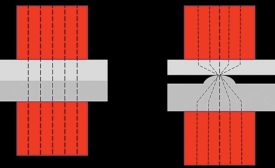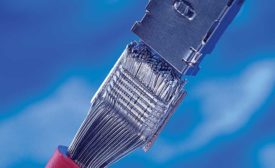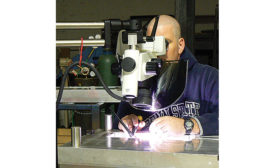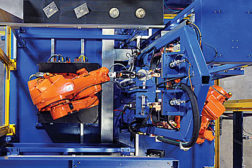Home » Keywords: » resistance welding
Items Tagged with 'resistance welding'
ARTICLES
Optimizing the Spot Welding Process
Spot welding can be improved in many ways, starting with selecting the right machine, maintaining heat balance and using advanced controls.
April 13, 2021
Resistance Projection Welding
For joining dissimilar materials, resistance projection welding offers cost-saving options
April 5, 2018
Joining Wire to Small Metal Parts
State-of-the-art welding and soldering equipment ensure that wires are securely joined to terminals or other wires.
July 5, 2017
Vision-Guided Robots Improve Nut Welding
Machine vision lends flexibility to robotic welding cell
November 3, 2014
Get our new eMagazine delivered to your inbox every month.
Stay in the know on the latest assembly trends.
SUBSCRIBE TODAY!Copyright ©2024. All Rights Reserved BNP Media.
Design, CMS, Hosting & Web Development :: ePublishing
